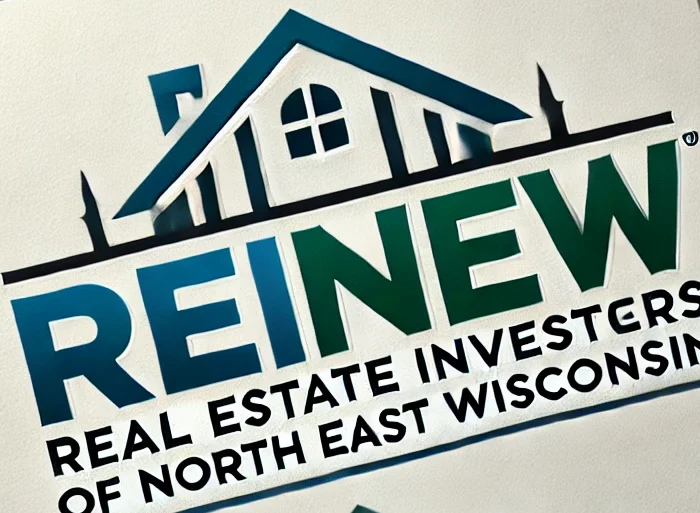Maintenance Tip #1: Fire Safety (With a Spark of Humor)
Let’s talk about something hot—literally. Fire safety isn’t just for Smokey the Bear and
safety manuals gathering dust on a shelf. It’s a crucial topic for anyone managing rental
properties, and today, we’re diving into some real-world tips that can help prevent disaster
(and maybe even save you a few dollars and headaches along the way).
The #1 Culprit: Cooking Fires
Did you know that cooking fires are the leading cause of house fires in rentals? They
account for a fiery 51% of incidents. That’s more than half! The fire department responds to
an estimated 187,500 cooking fires each year, resulting in:
- 165 deaths
- 3,325 injuries
- $444 million in property damage
Know Your Smoke Alarm Requirements
Even more concerning? Smoke alarms were present in only 67% of those fires. The other
33% were flying blind—and that’s not a risk worth taking.
Here’s the breakdown of where smoke alarms should be in a rental unit:
- In the basement
- At the head of any stairway on each level
- In or within 6 feet of each sleeping area
Landlords are legally responsible for installing them, but tenants are responsible for
maintaining them. Let’s be honest though—how many of us have shown up for an
inspection only to find a smoke alarm with the battery door hanging open like it’s given up
on life?
Pro tip: Include smoke and CO2 alarm checks in your annual inspections. Personally, I keep a master list of my units and their alarm expiration dates. Even with that, I still double-
check because… tenants.
And remember: if an alarm is malfunctioning, the landlord has five days to replace it. That
clock starts ticking the moment you find out.
Preventative Measures: More Than Just a Legal Checklist
Sure, you could go the fire extinguisher route. But let’s be honest—they’re bulky, awkward
to look at, and they either need replacing or inspecting annually by the fire department. Skip that, and you might get a not-so-festive fix-it ticket.
Here’s what I do instead: fire blankets. Yes, you heard that right.
They smother any kind of fire, are compact, and cost about $15 each. I even gave them out
to my tenants as Christmas presents one year. (Because nothing says “happy holidays” like
“please don’t burn down the kitchen.”)
From now on, I’ll be installing a fire blanket in every rental kitchen. It’s a small price to pay
for peace of mind—and a whole lot cheaper than structural damage.
Don’t Forget the Dryer Vents
Next on the fire-safety checklist: dryer vents.
When’s the last time you cleaned them? Be honest.
Lint, dryer sheets, and dust build up quickly, and they’re highly flammable. Combined with
the heat from a dryer, you’ve got a recipe for combustion. Best practice? Clean them once a
year—at minimum. Either do it yourself during your maintenance visits or make sure your
tenants are handling it (just… maybe don’t bet your security deposit on that).
Bonus Tip: No Extension Cords for Heating Devices—Ever
Here’s a true story for you. A client of mine had a wall-mounted electric fireplace that was
just a smidge too far from the outlet. So, she did what most people would: grabbed a surge
protector.
Big mistake.
When she called me about an outlet not working, I found a scorched outlet and a surge
protector half-melted into the wall. That tiny workaround nearly started a full-blown fire.
Moral of the story? Never plug a heating device into an extension cord or power strip. Ever.
Final Thoughts
Fire safety isn’t just a checkbox for compliance—it’s a duty of care to your tenants and your
properties. A few proactive steps now can prevent massive losses (and some very awkward
conversations with your insurance provider) later.
Stay safe, stay smart, and maybe consider wrapping a fire blanket next holiday season. Trust
me, it’s a gift they’ll never forget.
Contributed by T. Sebero
